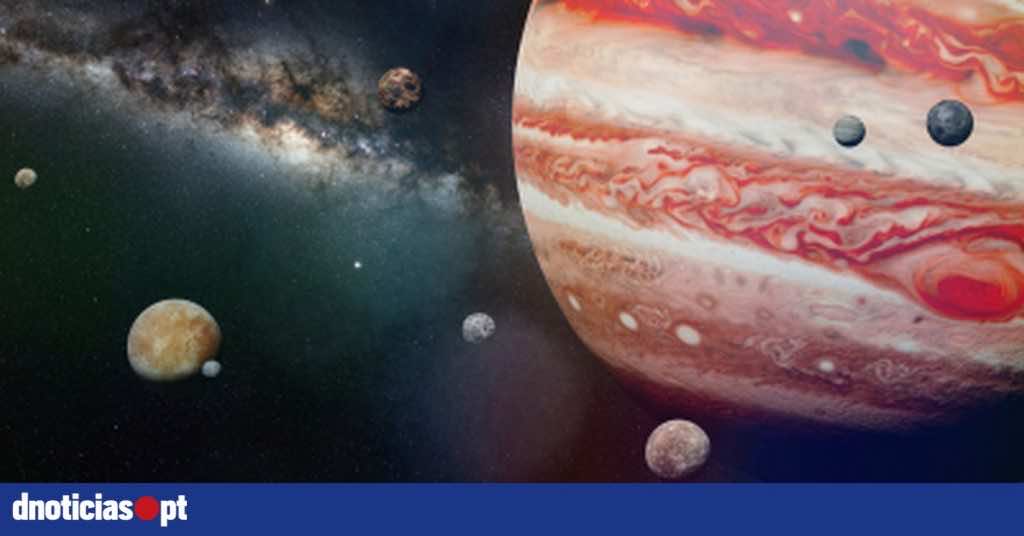Scientists and researchers have been working relentlessly to find a way to other planets and settle there. For this purpose, various expeditions into space have been made, and the possibility of establishing life on other planets has been vastly debated. There are multiple signs extracted from research, study, and experiences of astronauts that indicate the existence of life on other planets as well. However, nothing is for sure yet, and most hypotheses are based on assumptions that may be proved wrong. Nevertheless, the efforts of locating extraterrestrial life are in progress, and we will be intimated about the conclusions as they go.
A recent focus on Jupiter has revealed that there are water vapors present in its atmosphere. Basically, Jupiter’s moon, Ganymede has shown traces of water vapor. It is the biggest moon in the solar system and has a thick icy crust. It is speculated that the moon has ocean 100 miles beneath the surface and this ocean has the potential to house the aquatic life of aliens.
Through the Hubble Space Telescope, scientists have discovered that for the past twenty years, signs of water vapor have been seen and observed. The source of these vapors does not seem to be oceans but due to vaporizing of ice. It was already known that Jupiter has a thin atmosphere, and this atmosphere contains oxygen, which is the most important element for humans to survive. Now, signs of water have also appeared.

After the recent conservation, scientists have become more optimistic and positive about finding life on other planets. Also, this paves the way for humans to head towards other planets for settling or tourism as well. The research is published in Nature Astronomy.


